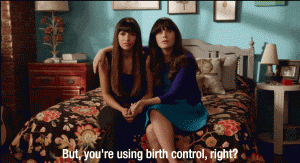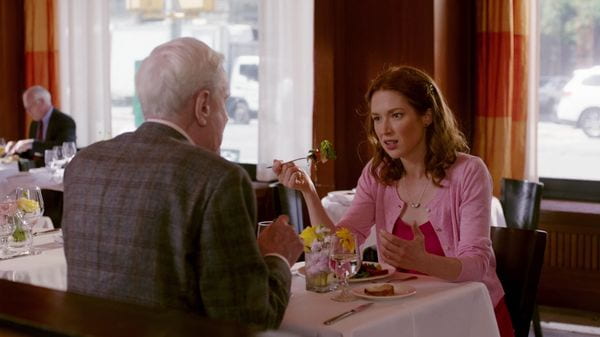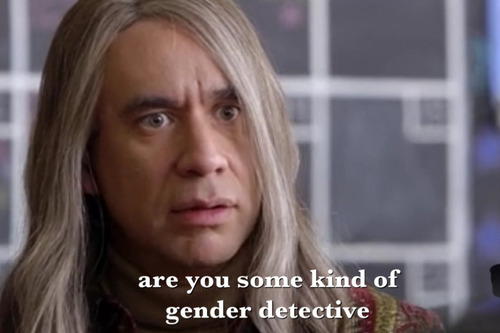Sense 8 is a very unique show. I’ve never seen a show that has so many subplots attached to the main plot. Eight different stories are told. Not just different in that different events are happening in each story, but different in almost every aspect. Each character has a unique cultural background that brings something unique to the show. These unique cultural backgrounds of the characters allow different gender norms to be represented from across the globe. Of the eight main characters there are 4 that identify as female and 4 that identify as male.
For an example of the way that gender is represented differently dependent on the cultural background of the character, lets compare and contrast the characters Sun and Lito.

Sense8 Season 2
Sun is a business women from South Korea but she has a secret hobby. She fights. Not just women but also men. She is tough and hard willed. Yet, she is always undermined by her father and brother. Even though her brother stole from her father’s company that she worked so hard for with no credit, Sun takes the blame so that her father’s company will not fall through. She is a woman that makes endless sacrifices and in part because of that she is strong. She is forced to fulfill a role she wasn’t meant to be in.

Lito is a male actor in Mexico that also has a secret. He is gay but must hide this from the public because of the machismo male culture of not only his country but the entertainment industry. He presents himself as this tough heterosexual male with a great body because, like Sun, that is what is expected. Both characters are tough because they are forced into a box they do not belong, yet they still conform to gender norms- much like us all.





















